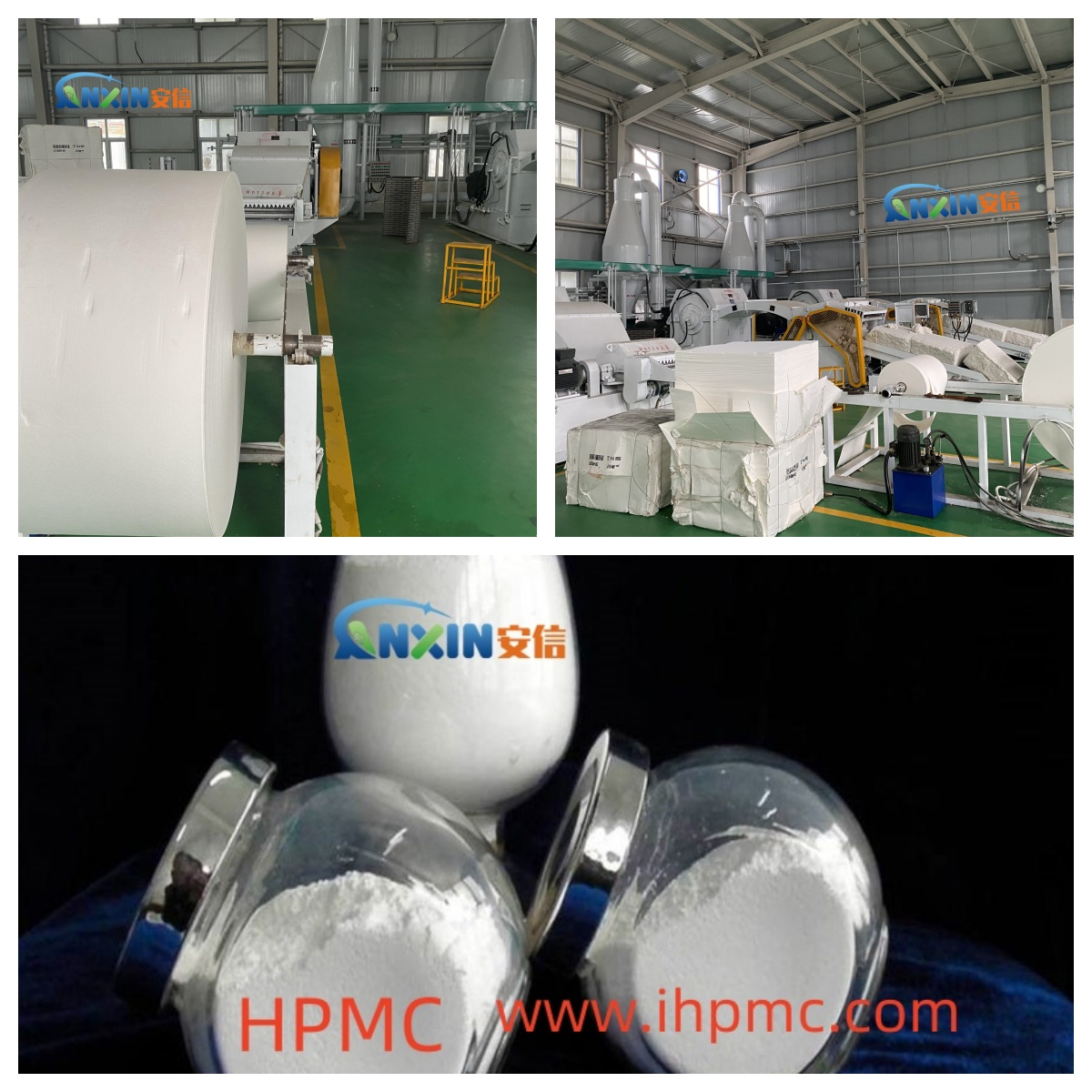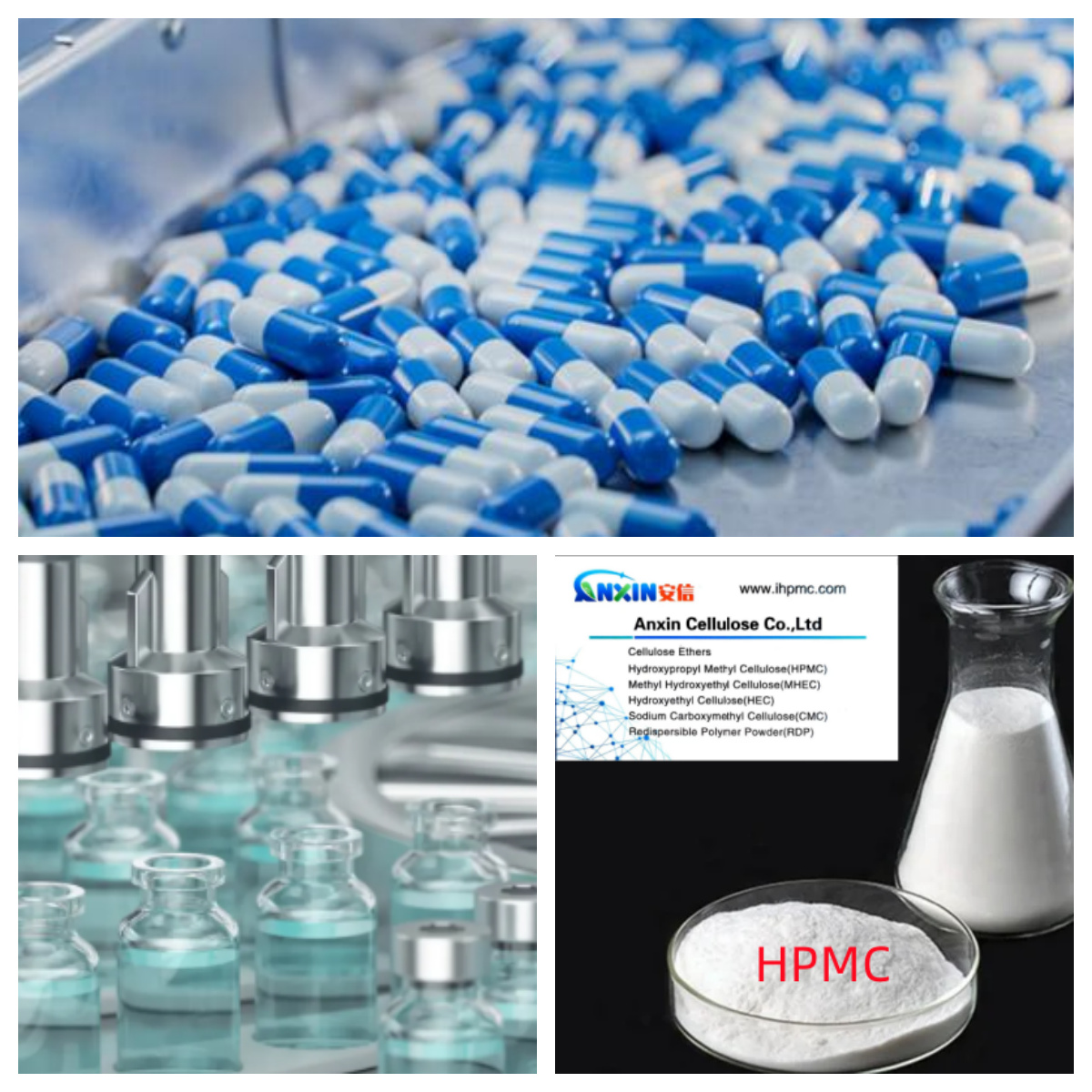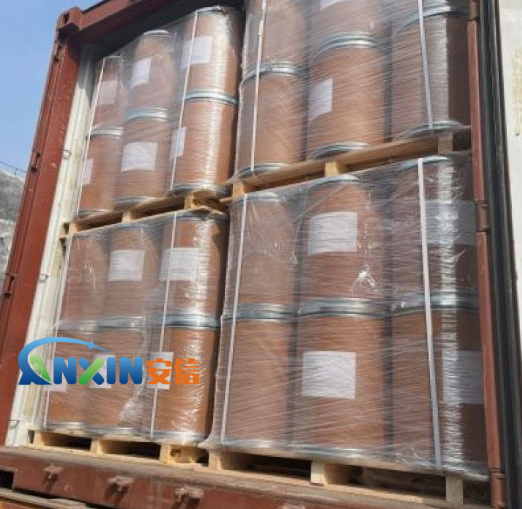Hydroxypropyl methylcellulose (HPMC) is a non-ionic cellulose ether made from natural polymer cellulose by chemical modification. It has good solubility, biocompatibility and film-forming properties. Due to its high safety and low toxicity, it is widely used in the pharmaceutical industry as a tablet excipient, sustained-release material, coating agent, capsule material, etc., and plays an important role in solid preparations, liquid preparations and controlled-release preparations.

1. Application of HPMC in tablets
As a binder
When HPMC is used as a binder in tablets, it is often added in the form of aqueous solution or alcohol aqueous solution, which can effectively improve the bonding force between drug powders, thereby enhancing the hardness and compression resistance of tablets. At the same time, it can also improve the fluidity and tableting performance of tablets, and ensure the uniformity and molding quality of preparations.
As a disintegrant
Although HPMC has a certain viscosity, it has good swelling and water absorption at low viscosity levels, can quickly absorb gastric juice or water, and promote tablet disintegration after expansion. Therefore, low-viscosity HPMC is also often used as a disintegrant in rapid-release preparations.
Controlled-release skeleton material
HPMC can form a gel layer in the gastrointestinal fluid to limit the diffusion rate of water and drugs. Therefore, it is widely used in the preparation of sustained-release tablets, controlled-release tablets and other oral solid preparations. It is often used in combination with other hydrophilic polymers (such as PVP, carbomer, etc.) to form a stable drug release skeleton system.
2. Application of HPMC in tablet coating
HPMC has good film-forming properties and transparency and is one of the commonly used materials for tablet film coating. Compared with traditional sugar coating or water-soluble polymer coating, HPMC film has the following advantages:
Fast film formation, smooth and beautiful;
Adjustable release performance;
Good protection for tablets, moisture-proof and anti-oxidation;
Can be used in combination with a variety of plasticizers (such as PEG, triacetin, etc.) to adjust the flexibility of the film layer;
Soluble in a variety of solvents (water, ethanol, water-alcohol mixed solvents, etc.), adaptable to different preparation processes.
HPMC coating is often used to prepare enteric coating, sustained-release coating and protective coating for beautifying appearance.

3. Application of HPMC in capsules
Plant capsule raw materials
HPMC is a cellulose derivative derived from plants, which can replace gelatin as the main raw material of capsule shell to make “plant capsules”. Compared with animal gelatin capsules, HPMC capsules have the following advantages:
No animal ingredients, suitable for vegetarians and people of specific religions;
High stability, insensitive to temperature and humidity changes;
Lower hygroscopicity and better mechanical strength, extending the shelf life of drugs;
Easy to fill and seal, suitable for high-precision capsule filling equipment.
Controlled release microcapsule packaging materials
In some microcapsule controlled release systems, HPMC can also be used as a wall material, working together with other polymers to achieve slow release of drugs in the body by adjusting thickness and dissolution rate.
4. Application of HPMC in liquid preparations
In eye drops, oral solutions and topical preparations, HPMC is often used as a thickener, stabilizer and adhesive:
Eye drops: HPMC is used as a lubricant to increase the residence time of eye drops on the corneal surface, improve the efficacy of the drug, and relieve dry eye symptoms.
Oral liquid drugs: increase the viscosity of the solution, improve the taste, and prevent precipitation.
Topical preparations: such as gels, ointments, creams, etc., HPMC can improve their coating performance and skin adhesion, and enhance the user experience.
5. Safety and regulatory approval
HPMC is a pharmaceutical excipient certified by the FDA and the EU EMA, and meets the standards of various pharmacopoeias (such as USP, Ph. Eur., JP, etc.). It has low toxicity, good biocompatibility, and does not cause allergic reactions. It is a recognized safe excipient and is widely used in oral and topical preparations.

6. Future development trends
With the advancement of green and environmentally friendly pharmaceutical concepts and the rise of vegetarianism, the application prospects of HPMC in plant capsules and controlled-release preparations are broader. The research on high-performance HPMC (such as special modified HPMC) in targeted drug release, intelligent response controlled release, etc. is also becoming increasingly active, which will further promote its application in the field of high-end pharmaceuticals.
As a multifunctional and highly safe pharmaceutical excipient HPMC plays an extremely important role in the pharmaceutical industry. From traditional excipients and coating materials to modern controlled release carriers and plant capsule materials, its application is constantly expanding and is one of the indispensable components of modern pharmaceutical preparations.
Post time: Jun-11-2025